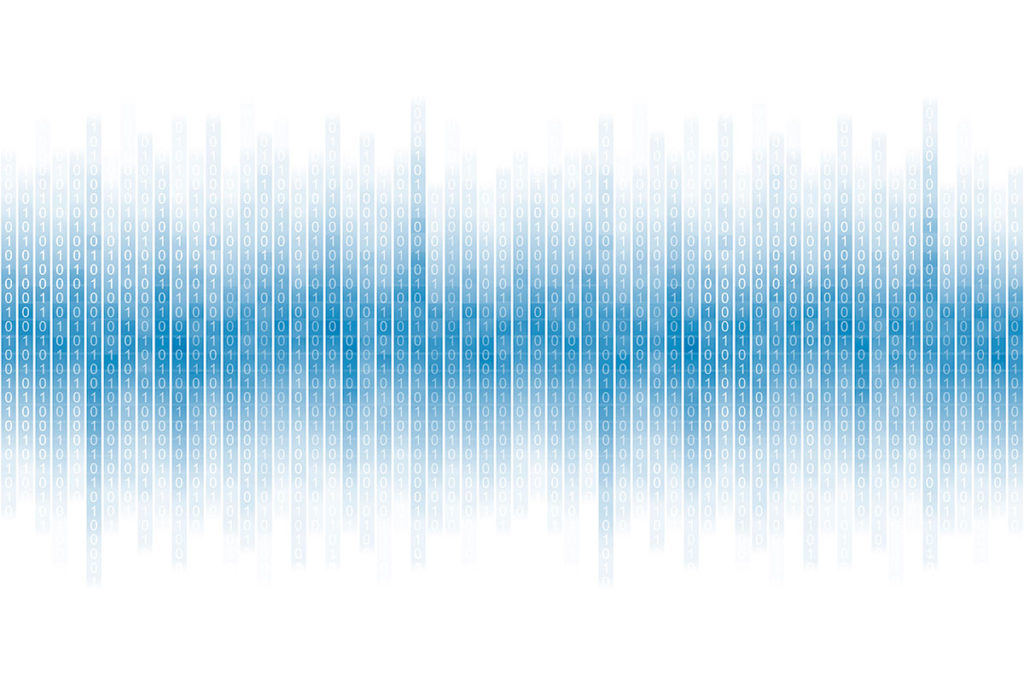
Activity Trackers: Diving Into the Data
More trainers and instructors than ever are using fitness technology such as heart rate monitors and video capture to examine their clients’ exercise performance. But activity trackers remain a relatively untapped tool—even though the devices collect a wealth of incredibly useful data, like steps walked, hours slept and calories burned.
Why Does This Data Matter?
It’s true that some trackers underestimate steps and energy expenditure (Noah et al. 2013; Sasaki et al. 2015), but exact numerical precision is beside the point for many clients. Trackers are useful because they inspire people to stay active, to improve their understanding of
the energy expenditure equation and to recover more effectively. These benefits can have a profound effect on our clients’ awareness of themselves when they aren’t with us.
Furthermore, asking clients to track their activity outside of our sessions and classes brings home the effects that movement, diet and sleep quality have on overall health, fitness and performance. Let’s face it: Exercise is one thing; activity is about the other 23 hours in a day.
Do Activity Trackers Really Help?
While there’s a linear relationship between activity and expended energy, it’s not exactly clear how much activity we need. Activity trackers help us find the answer. We can’t hide from the numbers we gather—they make the logic behind weight loss calculations crystal clear to our clients.
Research supports the idea that trackers can help users lose weight while motivating them to increase their activity and program adherence (Cadmus-Bertram et al. 2015a; Cadmus-Bertram et al. 2015b; Lewis et al. 2015; Pugliese et al. 2014). Users also report that they gain awareness,
feel more knowledgeable, become more engaged, and find activity more enjoyable and achievable. Ultimately, tracking teaches clients how their behavior and choices affect their health, fitness and performance.
How Should We Start?
Knowing how clients use a tracker sheds light on how to motivate them and boost their compliance. Researchers at the University of Glasgow, in Glasgow, Scotland, identified five kinds of people who use personal trackers (Rooksby et al. 2014):
- Fetish trackers. These people are interested in the image the tracker conveys or in the underlying technology, although some just want to have “a pretty watch.”
- Reward collectors. These users want to score points, achieve for achievement’s
sake and, if possible, win money or prizes. - Directive trackers. This group sets goals and limits behaviors. Some goals come from the tracker itself (e.g., the “10,000-step” mark), but once these users start wearing a tracker, they
find it easier to establish goals themselves. - Documentary trackers. These people are curious about what they are doing, and they want to keep an eye on things. This doesn’t always inspire change, but guidance from a trainer can help turn documentary trackers into directive trackers.
- Diagnostic trackers.These clients link data points such as activity, fatigue and health issues. Diagnostic trackers also like to compare their numbers to other people’s numbers. They prefer
specific, goal-oriented missions, completed over a period of time but not indefinitely.
No baseline measurement or testing is necessary. Simply find out what kinds of users your clients are, and help them evolve from documentary trackers to directive trackers. As you work with clients, their data and their goals, you can evolve into a diagnostician.
How Do We Analyze the Data?
Your clients will need help making sense of the data that their devices generate. Remember, you want to identify load and impact on the body and the mind. Your guidance and the clients’ activity data will illuminate the connection between your service and their overall health.
Devices usually provide charts, graphs and analytical tools. Some let you import the data into a spreadsheet (using Excel, for example). Data analysis helps you identify short- and long-term trends and see how key data points relate to each other and to client goals. With data in hand, you can answer questions like these:
- How do steps relate to calories?
- How does energy expenditure lead to weight loss?
- How does the amount of recovery affect activity and weight?
- How do all of these numbers influence performance?
Consistency is the key to meaningful analysis. The more often you collect data, the better.
Based on the data you obtain and review, you can create results-oriented programs with challenging but achievable goals. Develop client accountability by focusing on short-term goals that can motivate people without overwhelming them.
What’s Beyond the Numbers?
Numbers and charts alone won’t help clients achieve their goals. Sometimes, data can even add insult to injury. Our clients probably know why they didn’t sleep well last night. Our impact comes from getting them to dig deeper, realize how their choices are affecting their outcomes, and figure out what to do about it. Our value comes from finding the connections and using that knowledge to come up with relevant coaching tips to help change our clients’ behavior.
Tracking steps, calories and sleep allows us to put the pieces of the puzzle together and take a more holistic approach. Tracking this data gives us a second set of eyes that can reinforce our
overarching message—and uncover that one thing that makes a difference. The result is a healthier, fitter, happier and more productive person.